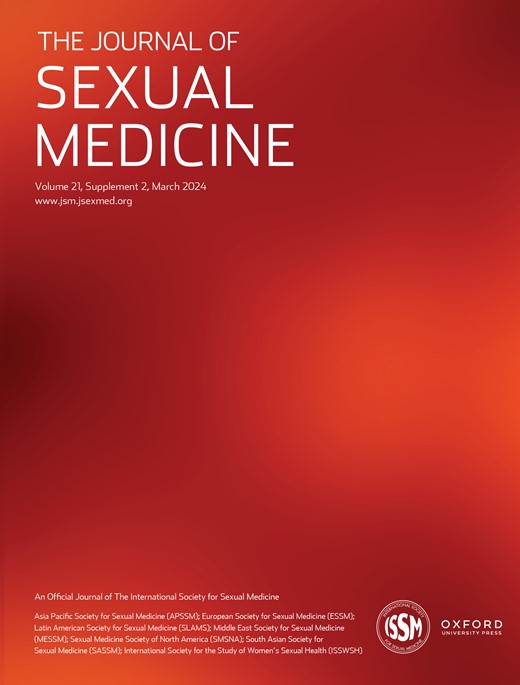Nelson Vergel
Founder, ExcelMale.com
Abstract
IntroductionSexual dysfunction is frequently encountered in infertile males. This may be related to psychosexual aspects of infertility and to some common factors of pathogenesis, such as hypogonadism. For example, many patients with non-obstructive azoospermia (NOA) have low testosterone levels, which may lead to low sex drive, erectile dysfunction and metabolic abnormalities later in life. Patients with NOA typically undergo surgical sperm retrieval procedures, which may lead to further decrease in androgen production, which may be transient or even permanent in some cases. Stem cell therapy is an investigative mode of treatment for patients with NOA, but its influence on Leydig cell function is currently unknown.
Objective
To assess the impact of stem cell therapy on testosterone levels in men.
Methods
Sixty patients with NOA were included in this study. All of them underwent unsuccessful MicroTESE more than 12 months prior to the inclusion in order to justify the use of stem cell therapy. Multipotent mesenchymal stromal cells (MMSC) were derived from healthy donor placenta following physiologic childbirth. MMSC product was used for systemic and local treatment via intravenous and intratesticular injection, respectively. Endocrine profiling was performed at baseline and 3 months after the procedure.
Results
Median testosterone level prior to MMSC therapy was 8.7 nmol/l (interquartile range [IQR]: 4.2–12.1), and 3 months after it was 12.3 nmol/l (IQR: 8.8–16.3) (p < 0.00001). This may be related to an increase in luteinizing hormone levels from 6.4 mIU/ml at baseline (IQR: 3.6–11.3) to 9.6 mIU/ml (IQR: 5.2–14.1) (p = 0.00026). Paradoxically, follicle-stimulating hormone levels declined from 12.5 mIU/ml (IQR: 4.7–24.7) to 7.4 mIU/ml (IQR: 4.2–12.3) (p < 0.00001). Prior to MMSC therapy 43 patients (71.7%) had testosterone levels lower than 12 nmol/l, after MMSC therapy 24 patients (40%) had testosterone levels lower than this threshold. Thirty patients (50%) and 14 patients (23.3%) had testosterone level below 8 nmol/l before and after MMSC therapy respectively.
Conclusions
MMSC therapy may increase testosterone levels in patients with NOA, though the exact mechanisms and its possible impact on quality of life should be elucidated.

(106) Stem Cell Therapy Leads to an Increase in Testosterone Levels in Infertile Men
AbstractIntroduction. Sexual dysfunction is frequently encountered in infertile males. This may be related to psychosexual aspects of infertility and to some co












